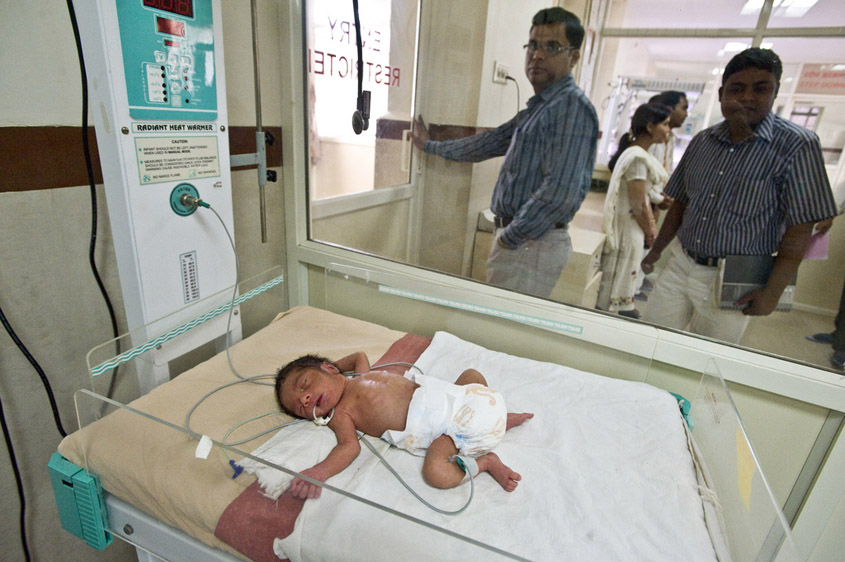A huge transformation has taken place in the number of women delivering their newborns in an “institutionalised place”, rather than in a domestic setting. According to the National Family Health Survey-4 (NFHS-4), “institutional delivery” has increased 2.5 times, from 38.7% to 78.9% in the past 10 years. This signifies, by far, the largest change in the place of delivery from home to healthcare institutions.
However, further trends show that not all women who are entitled to maternity benefits have been able to benefit from them.
Dr Aparajita Gogoi, executive director, Centre for Catalyzing Change (CCC), said, “The quality of care is a major concern. The indicators prove that many service entitlements are still not availed.”
As per the policy, maternal health service entitlements listed under the “Janani Shishu Suraksha Karyakaram” (JSSK) are meant to be free of cost at public facilities. However, according to NFHS-4, many women have reported having to pay for such facilities. The average out-of-pocket expenditure per delivery in a public health facility was reported at Rs 3,198.
Though more women delivered their newborn in a healthcare institute, not all of them received the monetary benefit that they were entitled to. NFHS-4 shows that only 36.4% women received assistance under the “Janani Suraksha Yojana” (JSY) for births delivered in an institution. The JSY is a fully Centrally supported cash transfer scheme aimed at reducing the burden of expenditure and promoting institutional delivery among pregnant women.
Moreover, though the government provides for free antenatal care, there has been a lean rise in the number of women who have been able to avail it. The NFHS-4 data shows that the increase of full antenatal care (ANC) coverage was only increased from 11.6% (NFHS-3) to 21% (NFHS-4). Full antenatal care includes minimum four check-ups out of which at least one is done by a doctor. It also includes routine investigations, tetanus immunisation and vitamin and iron supplements to augment maternal health and offer interventions whenever a risk or problem is detected.

